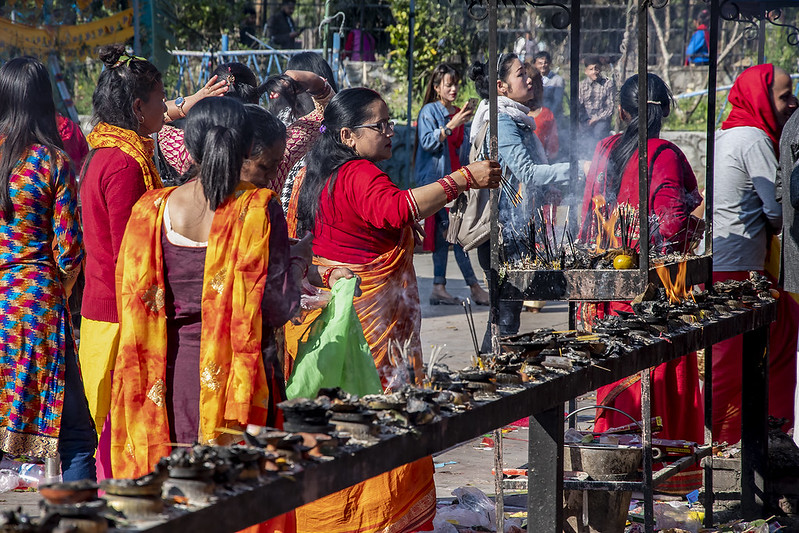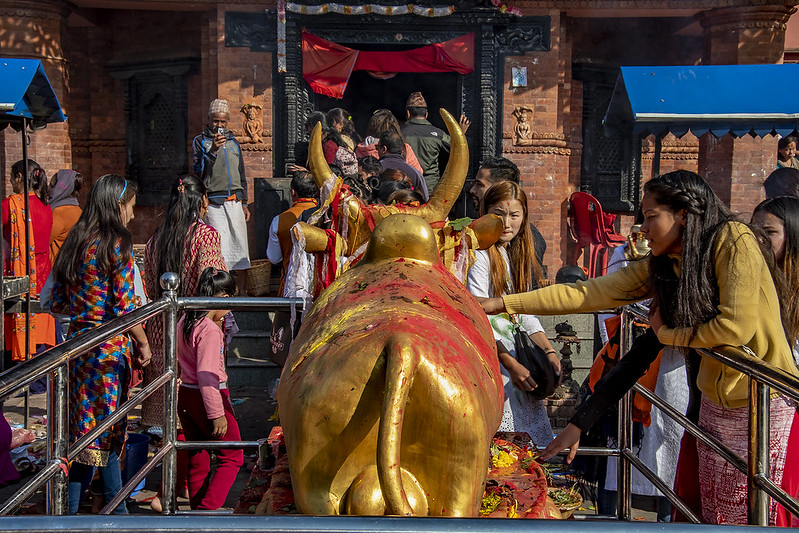Maha Shivaratri
A Night of Light, Prayer, and Mystical Transformation—The Great Festival of Shiva
2026/02/14
At winter’s end, on the darkest night of the moon, India is enveloped in the mystical energy of Maha Shivaratri—the Great Night of Shiva. From the ancient ghats of Varanasi to Himalayan mountain temples, devotees gather for all-night worship, music, and meditation. For pilgrims, lovers of Indian culture, and anyone drawn by the festival’s unique atmosphere, Maha Shivaratri is an extraordinary night to experience India’s deepest prayers and cosmic celebration.
Maha Shivaratri is celebrated every February or March (on the night before the new moon in the Hindu month of Phalguna) across India and in Hindu communities worldwide. Millions of people—young and old, couples, ascetics, and spiritual seekers—gather at Shiva temples, sacred rivers, and home altars to honor Shiva, the god of destruction and renewal.
Main Attractions
All-Night Jagaran (Vigil) and Shiva Puja
The heart of Maha Shivaratri is the “jagaran”—an all-night vigil of worship, meditation, and music. Temples glow with flickering oil lamps, the scent of sandalwood and incense fills the air, and the sounds of bells, conch shells, and the mantra “Om Namah Shivaya” echo through the night. Devotees perform “abhishekam,” pouring flowers, bel leaves, milk, honey, and water over the Shiva lingam. The coolness of stone, the warmth of lamps, and the energy of collective prayer create an atmosphere that is both tranquil and uplifting.
Fasting, Meditation, and Sacred Dance
Many people fast—sometimes even from water—seeking purification of body and mind. Throughout the night, meditation, recitations of Shiva’s stories and hymns continue, and in some temples, classical dance performances called “Natyanjali” are dedicated to Shiva as Nataraja, the cosmic dancer. The beat of drums, the swirl of dancers, and the energy of the crowd make this a night when the senses and spirit are sharpened.
Costumes and Decorations
Devotees often wear white or saffron, symbolizing purity and renunciation, or blue to honor Shiva’s “blue-throated” (Neelkanth) form. Temples are decorated with marigolds, bel leaves, and lights. Many people smear ash on their foreheads or wear rudraksha beads. The coolness of river water or temple stone floors, the feel of flowers and lamps—all are part of the festival’s sensory experience.
Traditional Food and Offerings
At dawn, after fasting, devotees eat sattvic foods—fruits, milk, coconut, and dishes without onions or garlic. Prasad (offerings) like thandai (spiced milk), sabudana khichdi (tapioca pilaf), peda, and kheer (sweets) are popular. The taste of cool milk, the crunch of bel fruit, and the aroma of cardamom and saffron linger long after the rituals end.
Cultural and Historical Background
Maha Shivaratri is mentioned in ancient scriptures like the Skanda Purana and Linga Purana, with many legends about its origin. The most famous stories are Shiva and Parvati’s cosmic marriage, Shiva’s Tandava dance of creation, preservation, and destruction, and the night Shiva drank the deadly poison (halahala) during the churning of the ocean, becoming “Neelkanth” (the blue-throated one). For devotees, this night is a time to overcome darkness and ignorance, seek blessings, and pray for liberation (moksha).
Participant Voices
"Every year I attend Maha Shivaratri at Kashi Vishwanath Temple. The all-night mantras, the lamps along the river, and the sound of bells at dawn make me feel deeply connected to Shiva and everyone around me." — Rajesh, Varanasi resident
Fun Facts
- Maha Shivaratri is celebrated by millions in India and abroad, with famous gatherings at Kashi Vishwanath (Varanasi), Somnath, and Chidambaram temples.
- Some temples hold all-night classical dance festivals called “Natyanjali,” attracting dancers from across the country.
- Bel leaves are especially sacred to Shiva, and the ritual “abhishekam” involves pouring milk, honey, and water over the lingam.
- It’s believed that staying awake all night and chanting Shiva’s name brings blessings and protection.
- According to legend, this is the night of Shiva and Parvati’s wedding or the night of his cosmic dance, Tandava.
Festival Dates
Maha Shivaratri is celebrated every February or March in India and Hindu communities worldwide, following the Hindu lunar calendar (Phalguna month).
The event schedule is subject to change. Please check the official website for the most up-to-date information.
Information
| Name | Maha Shivaratri |
| Country | India |
| Area | Varanasi |
| Date | 2026/02/14 |
| Link |
Upcoming Festivals
Whirling Dervishes Festival Turkey
A Mesmerizing Dance of Divine Love
2025/12/06Mevlana Celaleddin Rumi Commemoration Ceremony ( Şeb-i Arus ) Turkey
A Whirling Journey to Divine Love
2025/12/10Dia de la Virgen de Guadalupe Mexico
A Festival Weaving Faith, Fervor, and Mexican Identity
2025/12/11L'Escalade Switzerland
Geneva’s Grand Winter Festival of Courage, Chocolate, and Community
2025/12/12Umkhosi Wokweshwama South Africa
The Zulu First Fruits Festival—A Sacred Celebration of Land, Ancestors, and Renewal
2025/12/12Lucia Festival (St. Lucia's Day) Sweden
A Festival of Light Illuminating the Nordic Darkness
2025/12/15Las Posadas Mexico
The Luminous Quest for Sacred Shelter
2025/12/22Noche de Rabanos (Night of the Radishes) Mexico
A celebration blending art, farming heritage, and cultural traditions
2025/12/23Chant of the Sybil on Majorca Spain
A Medieval Prophecy Echoes Through Majorcan Christmas
2025/12/23‘Hatajo de Negritos’ and the ‘Hatajo de Pallitas’ Peru
A Christmas Festival of Rhythm, Faith, and Afro-Andean Heritage in Peru’s Ica Region


